Compiled by Team IAnD
Info &Photography: Courtesy the architects
Architects rethink
typologies and inspire varied versions based on individualistic design. Here is
yet another hybrid typology by LAN architecture, challenging the typical
housing idiom…
It is a new, ecological and social living
space attuned to contemporary times. The challenge
being to build collective housing with the same qualities and advantages of the
single-family home (the sense of privacy, the outdoor space, autonomy as well
as strong sensory contact with the outdoors) with the addition of social public
space and without the latter’s disadvantages in terms of environmental impact.
The program of 79 housing
units along with shops and business premises is sculpted out of the mass, following
a stacked container typology, exploiting their urban potential and intrinsic
spatial qualities; and the entire volume is enveloped in light-weight facade with
an ultra-high performance insulation level.
The highlight of the
seemingly simple façade is that the envelope
can double its size in the future, and thus, double its density. The typology,
chosen as the starting point of the concept of hybridization, is the Bordeaux
‘echoppes’ : one-story houses, built in-depth. The simple stalls (with a façade between 5 and 6 metres high) have a side corridor, leading to a main room and a
communal space next to the courtyard. Each apartment can access its winter
garden to increase its living area. In response to the family growth, the
inhabitants can add a room within a framework that has already been
constructed, and remove it once the kids have left the house.
The project’s richness and
major interest lies in the possibility of inventing an urban lifestyle set in a
highly experimental framework enabling the affirmation of new ecological and
contemporary architectures. And the diversity of architectural propositions and
communal and private spaces had to ensure and enhance this specificity.
A careful study of habitat
modes, climatic conditions and the sun’s trajectory throughout the year guides
the organization of the housing units. Also, the idea of variable compactness
introduces the notion of a housing unit’s adaptability to seasons and times of
day. All residents have the possibility of using their exterior space as a
windbreak, a mini-greenhouse or, conversely, as a means of cooling or
ventilating. The morphology of each unit stems from the wish to develop housing
units enabling a variety of uses very simply and with no extra technological
input.
The final plan therefore
has cross-building units with adaptable exterior spaces and at least two
different orientations. The project is currently under construction.

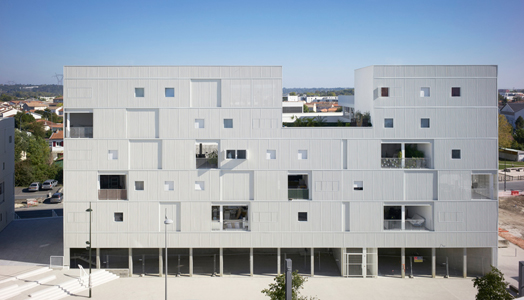

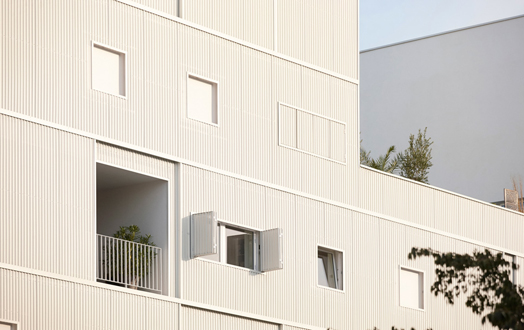
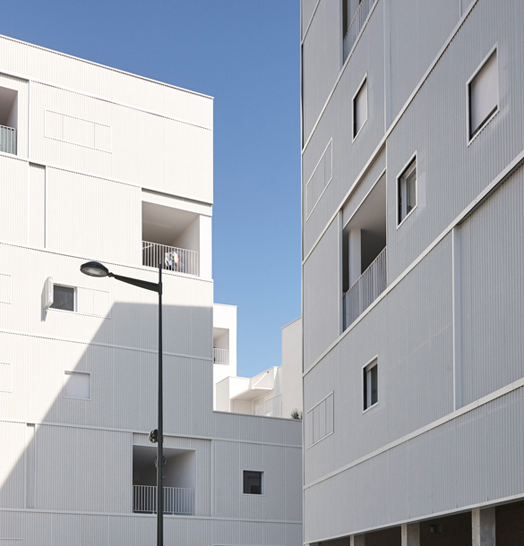
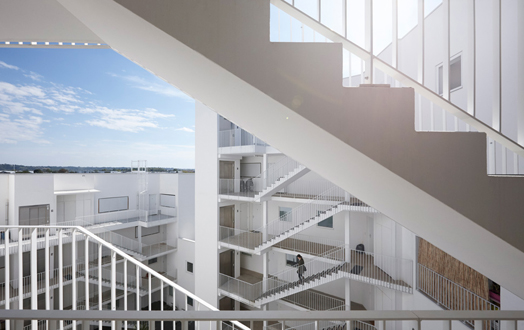
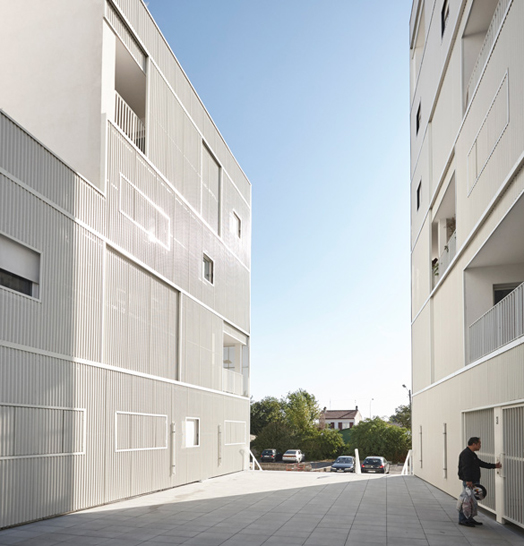

No comments :
Post a Comment